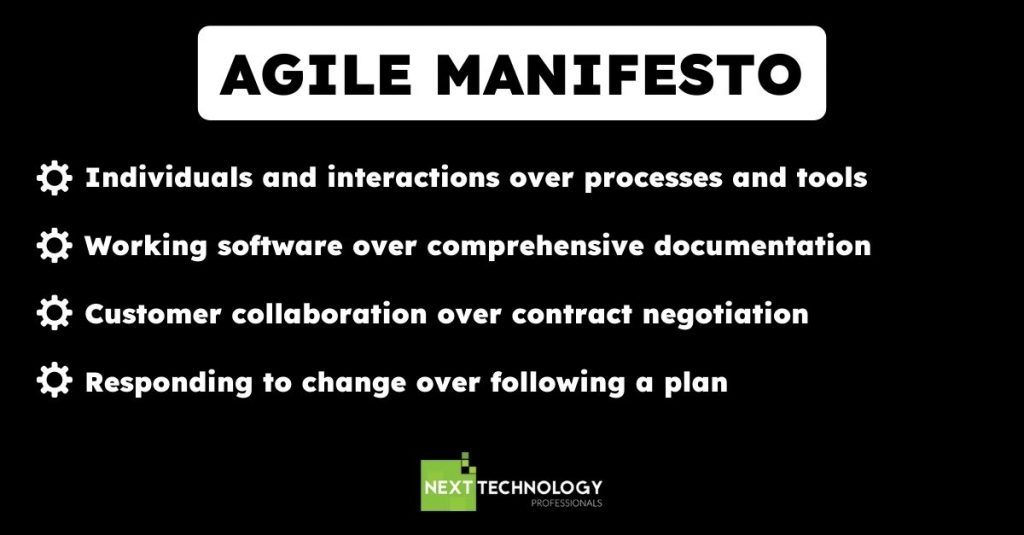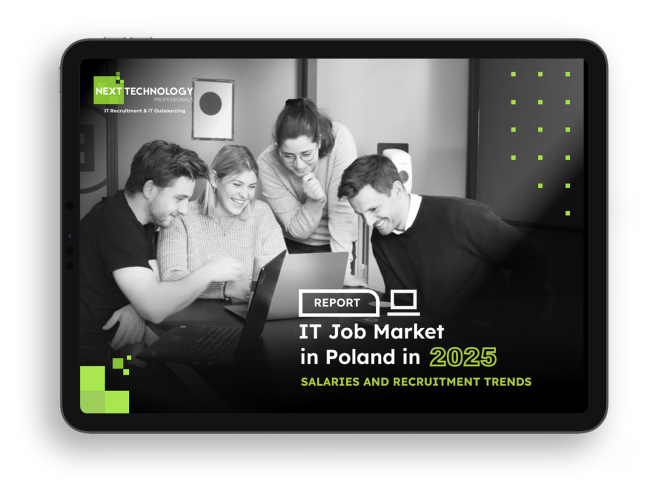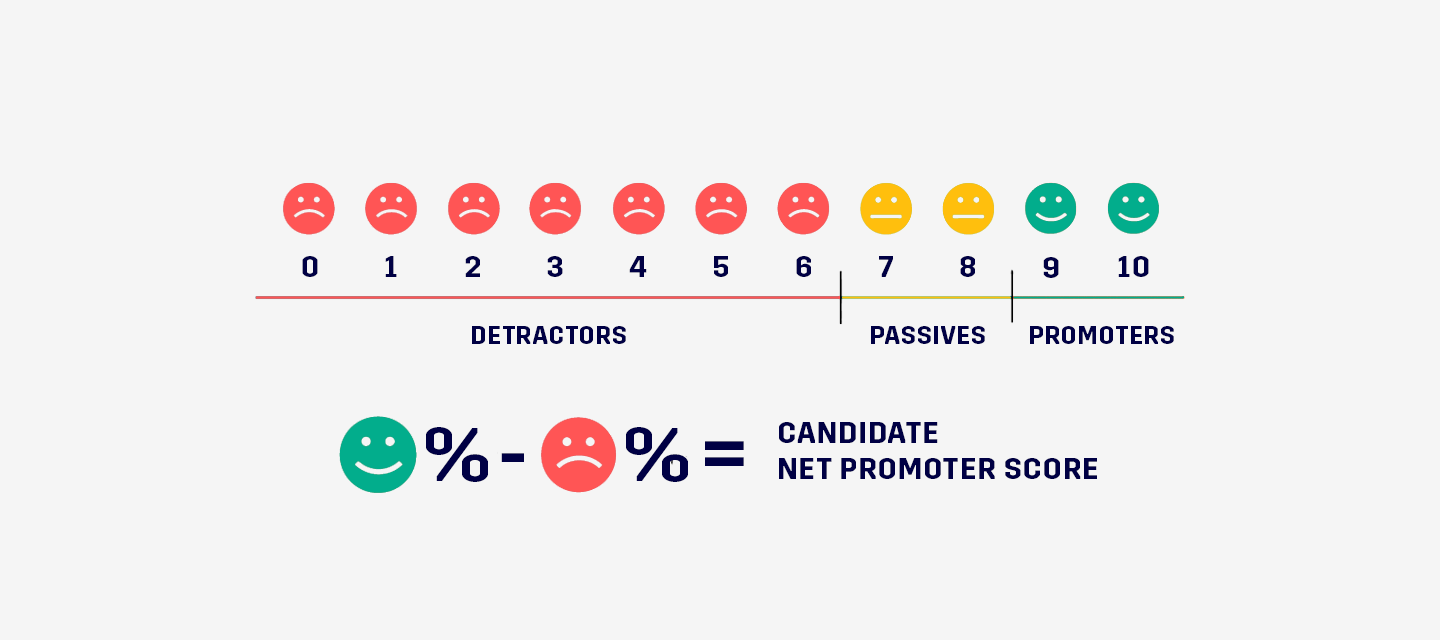Most employers realize that building a strong employer brand is very important if we want to maintain our position in today’s labor market. We often encounter increasing budgets for Employer Branding (EB) activities and investing in newest solutions in order to catch up with the competition. Unfortunately, still only some companies devote their time to a thorough analysis of these activities. We often forget that in order for EB’s strategy to be of benefit to the company, it must be regularly measured.
There are many ways to verify the results. In order to translate the effects into specific numbers, it is worth using performance indicators (KPIs) and the rate of return on investment, the so-called ROI.
We wrote about the benefits of taking care of the employer’s image in a separate article.
How to measure the effects of the Employer Branding strategy?
The last step in implementing the Employer Branding strategy is the verification of the effects, i.e. checking to what extent we have achieved our goals. Depending on what goals we set at an earlier stage, we can choose different ways to analyze the results.
If we set goals related to recruitment in the strategy, we can conduct candidate experience research and ask candidates how they evaluate the recruitment process. If we focused mainly on internal activities addressed to the company’s employees, it is worth conducting a survey among the staff and checking how satisfied they are with their implementation.
It is worth doing research on a regular basis. Thanks to this, we will be able to react to changes on an ongoing basis and adapt new solutions to the needs of the organization. For example, we can analyze the comments submitted by candidates at various stages of the recruitment process, when they spontaneously share their experiences with us, or use the recruitment form to collect data on the method of application and the source of information about the company and the published job offer.
We can also conduct our own research among candidates and employees during focus groups or e-mail surveys. We can ask candidates, for example, whether they received feedback after the recruitment process and how satisfied they were with it, whether they intend to apply to our company in the future, and what they liked during the process and what they are not entirely satisfied with. We may also ask you to specify how satisfied they are with the individual elements of the process, taking into account the scale given in the survey.
The results should be systematically summarized and presented in the form of numerical data, which will be easier for us to compare later. Various types of indicators prove useful here.
NPS indicator
One of the indicators used in sales and Employer Branding is the NPS indicator. We can determine it by conducting a NPS survey among candidates or employees of the company.
The NPS survey consists of asking the respondent two questions. The first question is asked equally to all respondents. We ask to what extent each of them would be willing to recommend a job in our company or applying for it. Please mark your answer on a scale from 0 to 10, where 0 means “definitely not recommend” and 10 “strongly recommend”.
In the next step, we ask the respondents a second question, which, differs depending on their previous answer:
People who marked 0-6 in the first answer are called detractors. In the next step, we ask them to indicate the elements that, in their opinion, need to be changed or improved.
People who marked a 7 or 8 are passive respondents. In the next step, we ask what they think we should improve so that they would recommend us even more.
People who marked 9 or 10 are called promoters. In the next step, they indicate what contributed most to such a high rating.
We obtain the NPS index by subtracting the percentage of detractors from the percentage of promoters.
NPS =% promoters -% detractors
Thanks to this, we receive a result that we can compare with each other after each subsequent survey and verify to what extent the actions we have introduced influenced the willingness to recommend a job or the recruitment process in our company.
Key Performance Indicators (KPIs)
KPIs stands for Key Performance Indicators. By assigning them a specific numerical value, we can verify the strategy implementation process and the effectiveness of individual activities.
Their use is a great way to reduce the amount of data to the most crucial ones, thanks to which we do not get lost in the mass of information. KPI values are transparent, which helps us to better and quickly understand the results, and thanks to regular monitoring of changes within them, we can quickly and accurately determine the level of strategy implementation and notice the biggest problems that we urgently need to address.
How to choose indicators?
Depending on the industry and goals, we may choose other metrics to help measure outcomes. In the book “Employer Brand Management: Practical Lessons from the World’s Leading Employers”, the author suggests dividing the measures of Employer Branding activities into three areas: marketing activities, the attractiveness of the employer’s brand and the conversion of the attractiveness of this brand into business activity.

Marketing activities
When creating Employer Branding activities, we should make sure that our messages reach the right target group, so that the right (desired) candidates apply for the job offer. We verify here both external communication and internal company activities, e.g. candidate experience and the onboarding process.
Brand attractiveness
We should also verify how our company is assessed. What is the recognition of our brand and how it is perceived by candidates and employees, as well as how they identify with the organization and its values.
You can read more in our separate article Employer Branding – 5 Benefits of Taking Care of the Employer’s Image.
Converting the attractiveness of the employer’s brand into the company’s business activity
This indicator should give us information on the impact of Employer Branding activities on the company’s results. We externally verify, for example, the correlation between the length and cost of the recruitment process and the final number and quality of applications obtained. In turn, internally, we can determine the efficiency of employees’ work, the level of rotation and the number of orders at the initiative of people working in the company.
How to define KPIs for Employer Branding activities?

In Employer Branding, it is especially worth measuring aspects related to the set goals in terms of recruitment and the number and quality of obtained applications, as well as interest in published messages. Examples of KPIs in Employer Branding are:
- number of applications per year
- number of applications for a given position
- number of clicks on a job advertisement
- the number of clicks on the “Apply” button
In order to determine the return on investment in Employer Branding activities, we can perform a number of tests, such as the level of employee satisfaction or the effectiveness of development programs. We can also use several additional indicators, for example:
- Open Positions – determining the number of open vacancies (unfilled job positions)
- Cost Per Hire – determining how much it cost to hire one candidate
- Source Per Hire – a definition of how many sources we used when hiring one candidate
- Candidate Quality – testing the quality of applications obtained from candidates
- Time to Fill Position – the time in which we employ one employee

The above indicators, in combination with the costs invested in Employer Branding activities, will help us to accurately determine the effectiveness and efficiency of Employer Branding activities, and the systematically compared results will allow us to verify which of the introduced solutions worked best and how we should plan them in the future.
If you are looking for committed IT specialists to join your team and you want to work with an effective recruitment agency – contact us.





